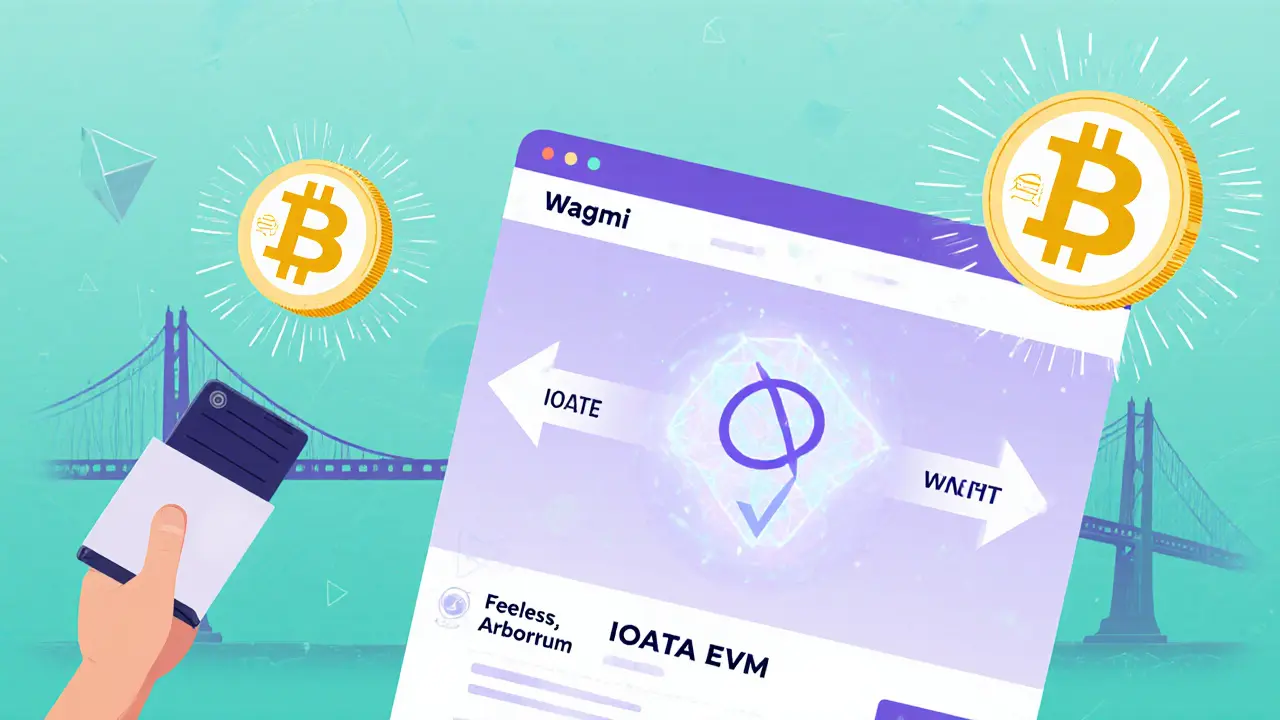Feeless Crypto Trading: How to Trade Without Fees in 2025
When you hear feeless crypto trading, a way to buy or swap cryptocurrencies without paying network or exchange fees. Also known as zero-fee trading, it sounds too good to be true—and often is. But it’s not magic. Some platforms really do let you trade without direct fees, but they make up for it in other ways—like wider spreads, slower trades, or hidden gas costs. If you’re trying to cut costs in crypto, understanding how feeless trading actually works is the first step to not getting burned.
Real feeless trading usually happens on decentralized exchanges, platforms that let you trade directly from your wallet without a middleman. Think Uniswap on Celo or HB DEX inside HB Wallet. These don’t charge maker-taker fees like Coinbase or Binance. But you still pay blockchain gas fees—unless you’re on a chain like Celo or Blast that’s designed to keep them near zero. Some newer DEXs even bundle gas into their model, so you trade for free and they cover the cost using token rewards or protocol revenue. That’s the real trick: someone else pays the fee, and you get the benefit. But that only works if the platform has enough liquidity and users to sustain it. Platforms like Wagmi (Kava) or IceCreamSwap (Blast) look feeless on paper, but with $0 volume and no users, they’re just empty shells.
Don’t confuse feeless with scam. LocalCoin DEX, a fake platform that pretends to be a decentralized exchange, and Coinbook, a fraudulent site posing as a real exchange both claim to offer free trades. They lure you in with the promise of no fees, then steal your funds when you deposit. Real feeless trading doesn’t ask you to send crypto upfront to "activate" your account. It doesn’t require you to sign weird permissions. It doesn’t vanish from CoinMarketCap overnight. The safest feeless options are built into wallets you already trust, like HB Wallet or MetaMask connected to low-fee chains.
Even when fees are zero, there’s always a cost. It might be the time you wait for a trade to confirm. Or the slippage you accept because there’s not enough liquidity. Or the fact that you can’t cash out to USD without paying a fee elsewhere. Feeless crypto trading isn’t about eliminating all costs—it’s about shifting them where they matter least. If you’re trading small amounts on Celo or using a wallet with built-in DEX, you’re probably getting real value. If you’re chasing a DEX with no trading volume and no team, you’re chasing a ghost.
Below are real reviews of exchanges and platforms that claim to offer feeless trading. Some deliver. Most don’t. We’ve checked the volume, the team, the liquidity, and the red flags—so you don’t have to guess.
Wagmi (IOTA EVM) Crypto Exchange Review: Fees, Liquidity, and Is It Worth It in 2025?
Wagmi (IOTA EVM) is a feeless DEX for swapping bridged assets like USDT and wIOTA. With only two trading pairs and no fiat support, it's a niche tool for IOTA believers who want to avoid Ethereum gas fees. Learn if it's worth using in 2025.
Details +